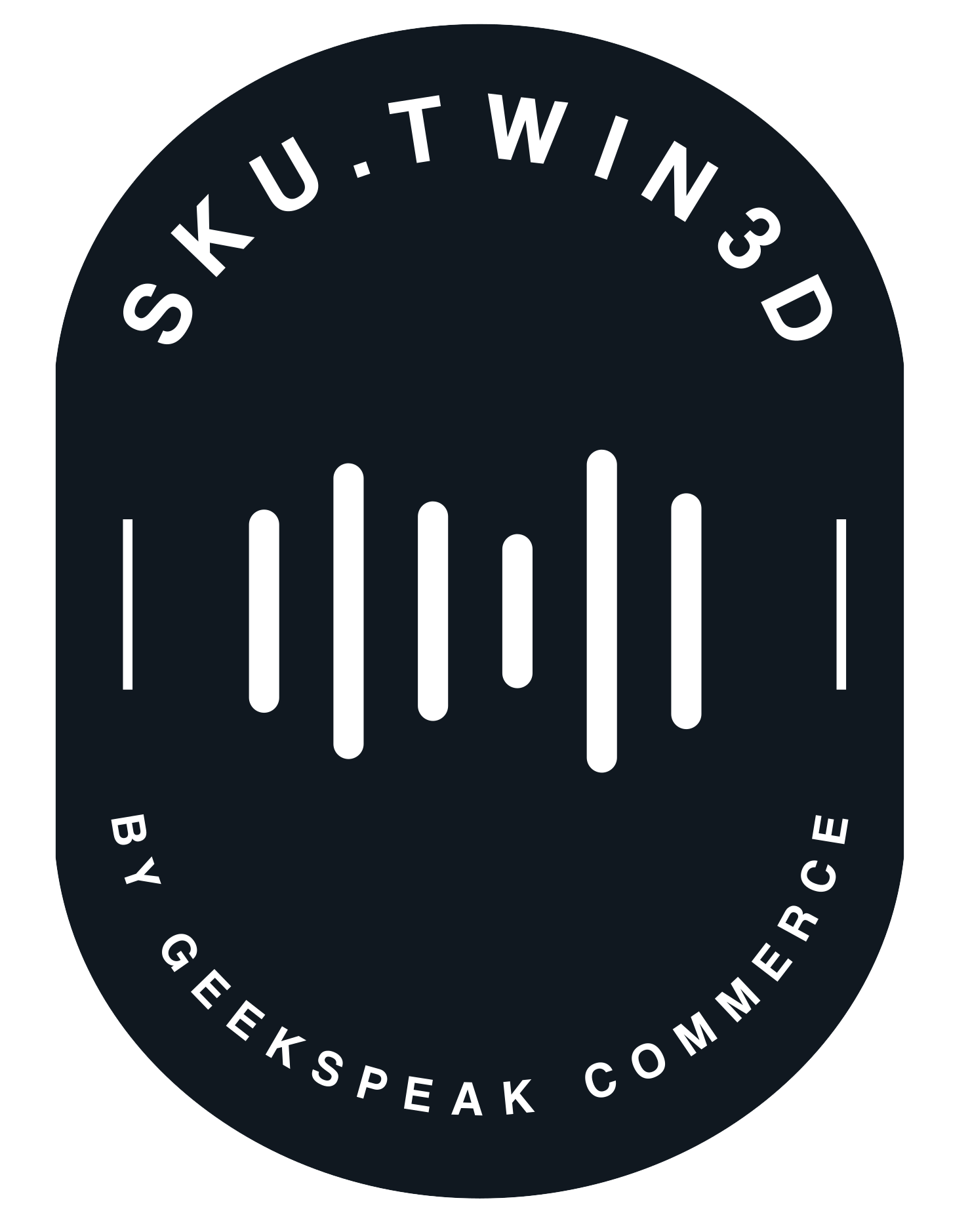As the digital age surges forward, retail is undergoing a transformation. Augmented Reality (AR) and Virtual Reality (VR) are at the forefront, merging the tangible with the intangible to create an immersive shopping experience like never before. But what does this mean for consumers and retailers? This article delves into the potential of AR and VR in reshaping the shopping landscape.
The Digital Shift
The evolution of online shopping has moved from simplistic product listings to interactive 3D models and now to AR and VR. The motivation? To recreate and enhance the in-store shopping experience from the comfort of one's home or on-the-go.
Augmented Reality (AR) in Retail
Try Before You Buy: Leading fashion brands are using AR apps that allow users to "try on" clothes virtually. This not only adds a layer of interaction but also boosts consumer confidence in the product.
In-store Navigation: Some supermarkets have implemented AR systems to help shoppers navigate the aisles, pointing them towards promotions or products they search for in real-time.
Product Visualization: Furniture stores allow customers to virtually place a piece of furniture in their space, assessing how it fits with their current decor and room dimensions.
Virtual Reality (VR) in Retail
Virtual Store Tours: Brands can now recreate their flagship stores virtually. Shoppers, with the help of VR headsets, can stroll through these digital aisles, pick out products, and even attend virtual fashion shows.
Real-time Customization: Some stores offer a VR experience that allows users to customize products (like sneakers or cars) in real-time, showcasing changes in 3D and making the personalization process interactive.
Immersive Product Demos: For products that benefit from demonstrations (e.g., fitness equipment or gadgets), VR provides a platform where users can understand the product's features and functionalities in an engaging environment.
Benefits for Retailers and Consumers
Retailers:
Increased Engagement: Immersive experiences lead to longer interaction times, which can translate to better brand recall and higher sales.
Reduced Returns: When consumers have a clearer understanding and visualization of the product, return rates may decrease.
Stand Out in the Market: Offering AR and VR experiences can differentiate a brand from competitors, potentially attracting a more tech-savvy audience.
Consumers:
Enhanced Shopping Experience: AR and VR offer an element of fun and engagement that traditional online shopping might lack.
Informed Decisions: Detailed product visualizations can assist customers in making more informed purchase decisions.
Convenience: Whether it's virtually trying on clothes or visualizing furniture in a room, these technologies save time and reduce the need for physical store visits.
Challenges and Considerations
Despite the potential, AR and VR in retail are not without challenges. The initial investment in technology can be high, and there's a learning curve for both retailers and consumers. Moreover, ensuring that the virtual representations are true to the actual product is crucial to maintain trust.
AR and VR are revolutionizing the retail landscape, offering immersive experiences that bridge the gap between in-store and online shopping. While they may not replace traditional shopping methods, they are certainly powerful tools in enhancing them, ushering in a new era of retail where the lines between the physical and virtual worlds blur. For those retailers willing to innovate and adapt, the virtual sky's the limit!
Looking to enhance your ecommerce shopping experience with AR or VR but don’t know where to start? Contact us to find out how our experts can create stunning 3D models of your products and help you sell more online.

